A change in the seasons
Tuesday 1 September 2020
Off-road driving
Off-road driving that result mainly from uncontrolled tourism and uninformed 4x4 enthusiasts is a major problem in the spectacular and sensitive habitats of the Northern Namib. Vehicle tracks can scar the landscape as is illustrated by the images below and often takes decades to recover. With the absence of tourism and visitors to the region, due to the virus pandemic, during the past six months there has been a significant improvement of the habitat and the existing two-track roads. Some vehicle tracks, such as those seen on the video-clip below, caused by irresponsible off-road driving will, however, take decades to disappear. The resident tourism operators and conservation bodies would be wise to use this period to collaborate in rehabilitating areas that have been damaged by vehicle tracks and to implement protocols to ensure better driving and road management when the travelling restrictions are lifted and tourism returns to the region.
A vehicle track spoiling the photo of two lions in the Hoanib River
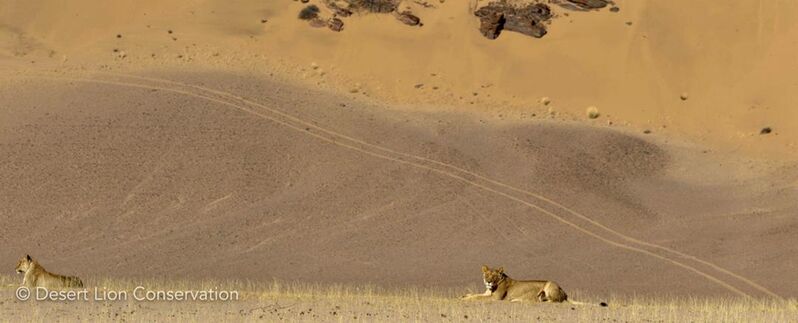
Sweeping of vehicle tracks is an effective solution Corrugation are a major problem and leads to widening of roads
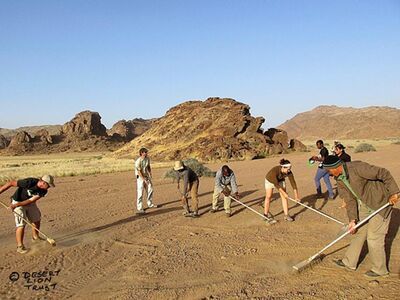
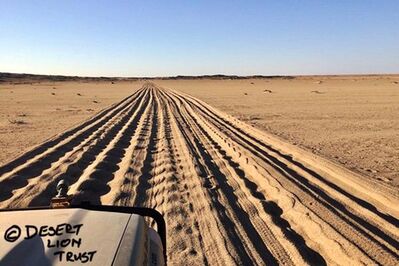
Off-road tracks by 4x4 vehicles attempting to scale the steep dune has scarred the landscape
Leopards
With the absents of tourism in the lower Hoanib River, the resident leopard was observed in the Wilderness Safaris Hoanib Skeleton Coast Camp. The leopard was identified based on its unique spot patterns. An adult male leopard in the Anabeb/Etendeka area approached and fed on a zebra carcass used to attract and dart lions.
A leopard at Hoanib Skeleton Coast Camp (photo: Wilderness Safaris)
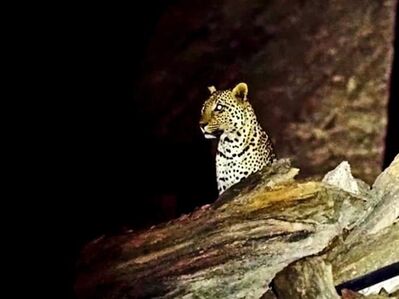
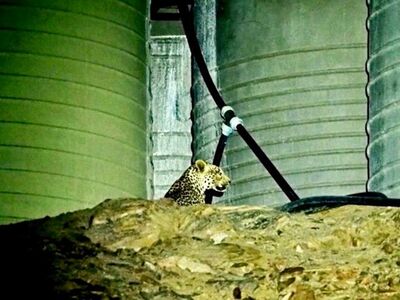
The resident Hoanib Floodplain leopard
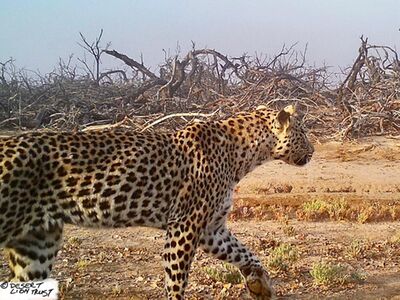
Comparing the spot patterns of the Hoanib Floodplain leopard
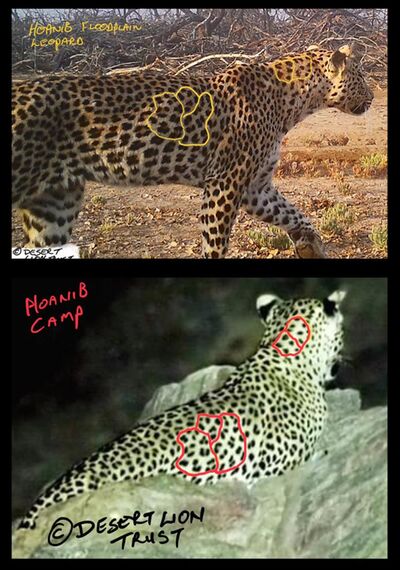
Adult male leopard feeding on a zebra carcass
Lion monitoring
A large section of the study area was covered monitoring the movement patterns and behaviour of the lion population. Two lionesses were observed hunting in the dune habitat, an adult male visited the Ugab gate and the mouth of the Ugab River and another male was injured during a fight over a lioness in oestrous.
Two lionesses hunting in the dunes
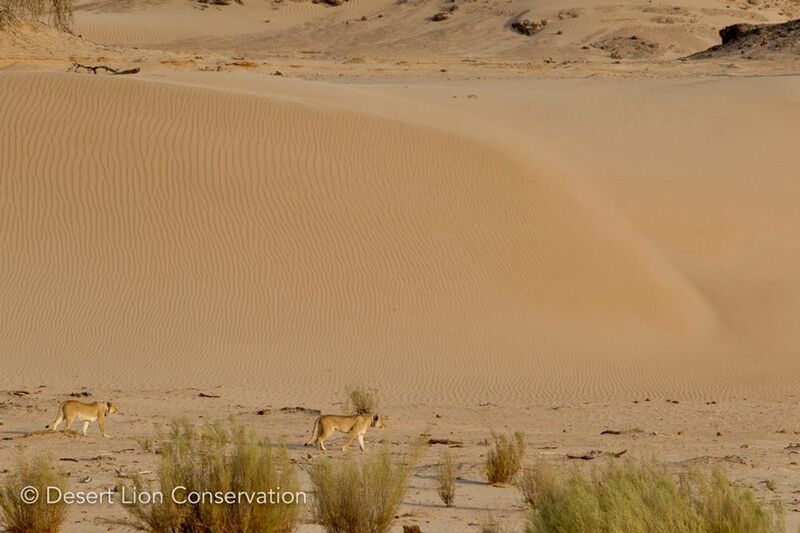
A male lion returning from his visit to the mouth of the Ugab River
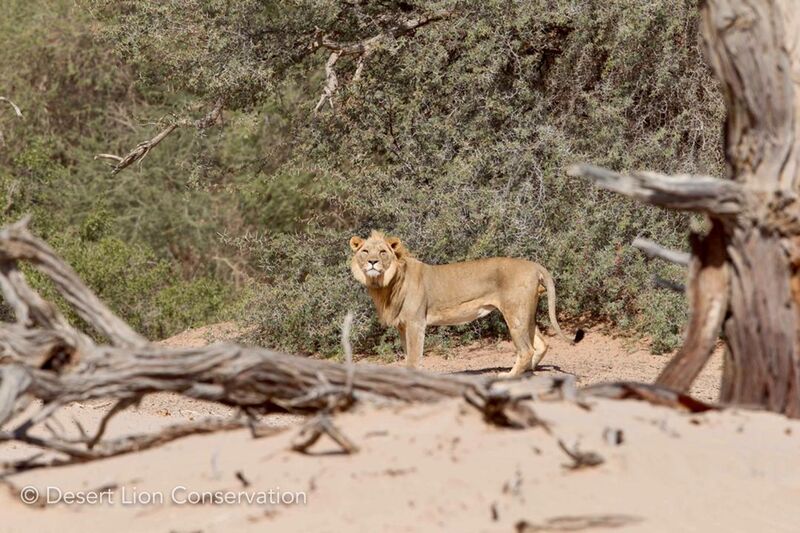
An adult male lion injured during a fight
A skittish lioness peaking out from behind a giraffe carcass
Prey animals return
Large numbers of prey animals have returned to the ephemeral river systems during the past two weeks. The lions, who have struggled to find sufficient food during the previous months, have capitalised on the favourable conditions. They have returned to their normal home ranges and all the individuals observed were well fed and in good condition.
The Hoanib Pride enjoying the spoils after taking down a giraffe
Well-fed cubs playing
Xpl-114 “Charly”
The death of the legendary lioness Xpl-69 and her three small cubs during the recent period of food shortage was tragic - it left the young lioness Xpl-114 “Charly” alone and to fend for herself. She was in poor condition at the time and without the experience and guidance of Xpl-69, her survival was doubtful. Following Xpl-69’s death, the young lioness moved large distances in search of her mentor. The return of prey animals to the Hoanib River, however, was her saving and she killed two gemsboks and an ostrich in rapid succession. Her condition recovered quickly. Xpl-114 “Charly” was mobilised and fitted with a new satellite collar.
Xpl-114 “Charly” still in poor condition after she made her first gemsbok kill
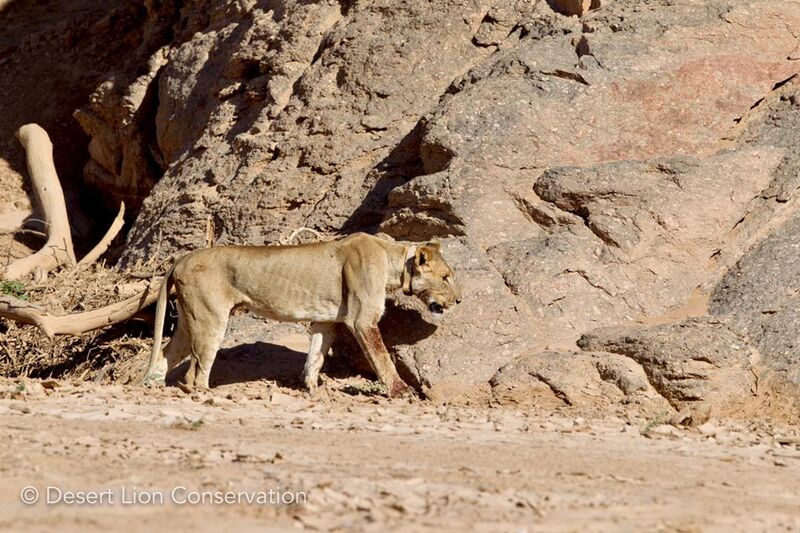
Fitting a satellite collar to Xpl-114 “Charly”
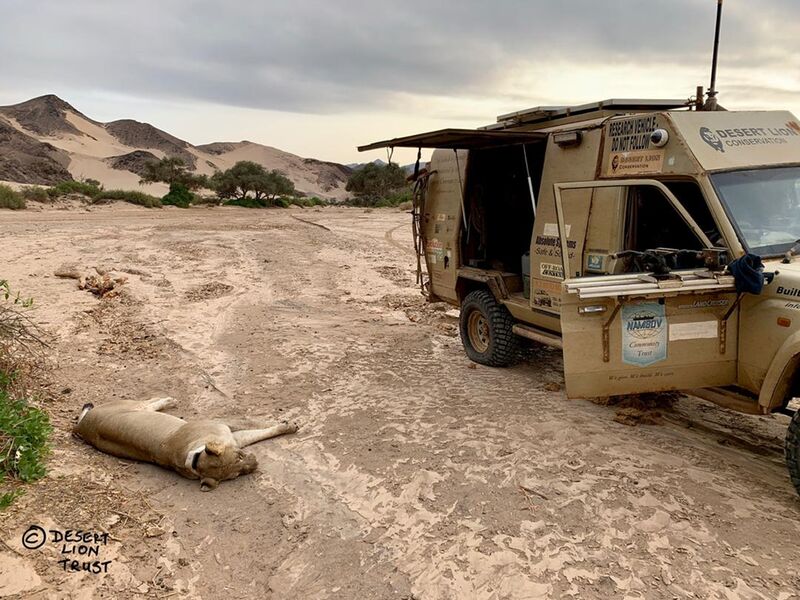
Xpl-114 “Charly” on the bank of the Hoanib River
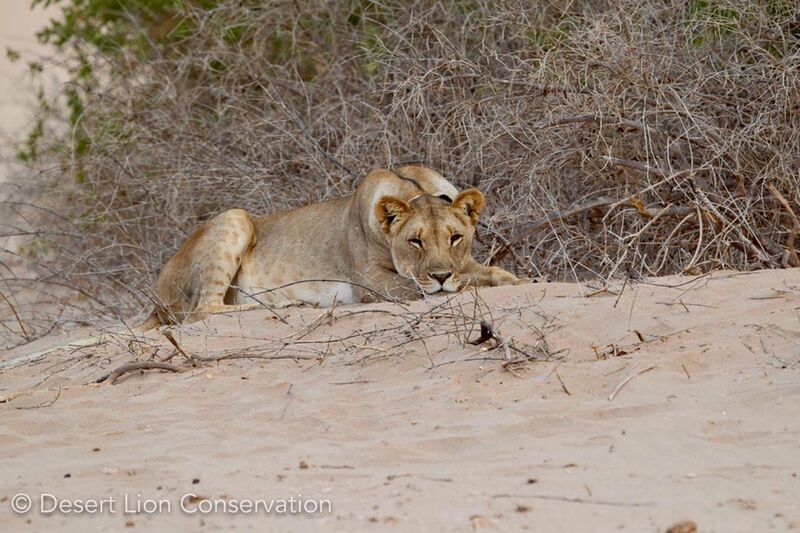
Lioness hunting gemsbok
The young lioness Xpl-114 “Charly” in good condition
The lioness Xpl-114 “Charly” searching for prey along the Hoanib River
Darting of lioness Xpl-114 “Charly” to fit satellite collar
General
Unusual weather conditions along the Skeleton Coast during the past few months have resulted in spectacular sunsets. A rare event was observed of two African Hawk eagles feeding on a giraffe that was killed by a small pride of lions.
Sunset over the Atlantic Ocean in the Skeleton Coast Park
Two African Hawk eagles feeding on a giraffe killed by lions
